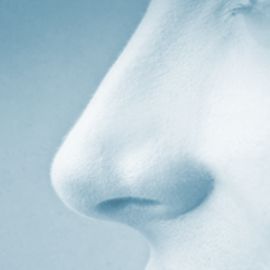Description
Sinusitis is an infection or inflammation of the sinuses. ually. For many, the inflammation starts when viruses or bacteria infect your sinuses (often during a cold), and begin to multiply. Part of the body’s reaction to the infection causes the sinus lining to swell, blocking the channels that drain the sinuses. This causes mucus and pus to fill up the nose and sinus cavities. For others, the symptoms and inflammation may be the result of the nose and sinuses reacting to other things in the environment, but not be an infection.
Symptoms
- Stuffy, congested, or blocked nose
- Pain or pressure in the face or head
- Long-lasting cold symptoms
- Symptoms that last more than 10 days
- Thickened nasal drainage
Treatments
Most cases of acute sinusitis are caused by a virus, not bacteria, and should not be treated with antibiotics. Acute viral sinusitis may be treated using pain relievers such as acetaminophen or ibuprofen, steroid nasal sprays, or salt water irrigation in the nose. These treatments are also good options for acute bacterial sinusitis. Some patients with acute bacterial sinusitis may get better faster with an antibiotic. Balloon sinuplasty is an endoscopic procedure performed under general anesthesia for chronic sinusitis.
